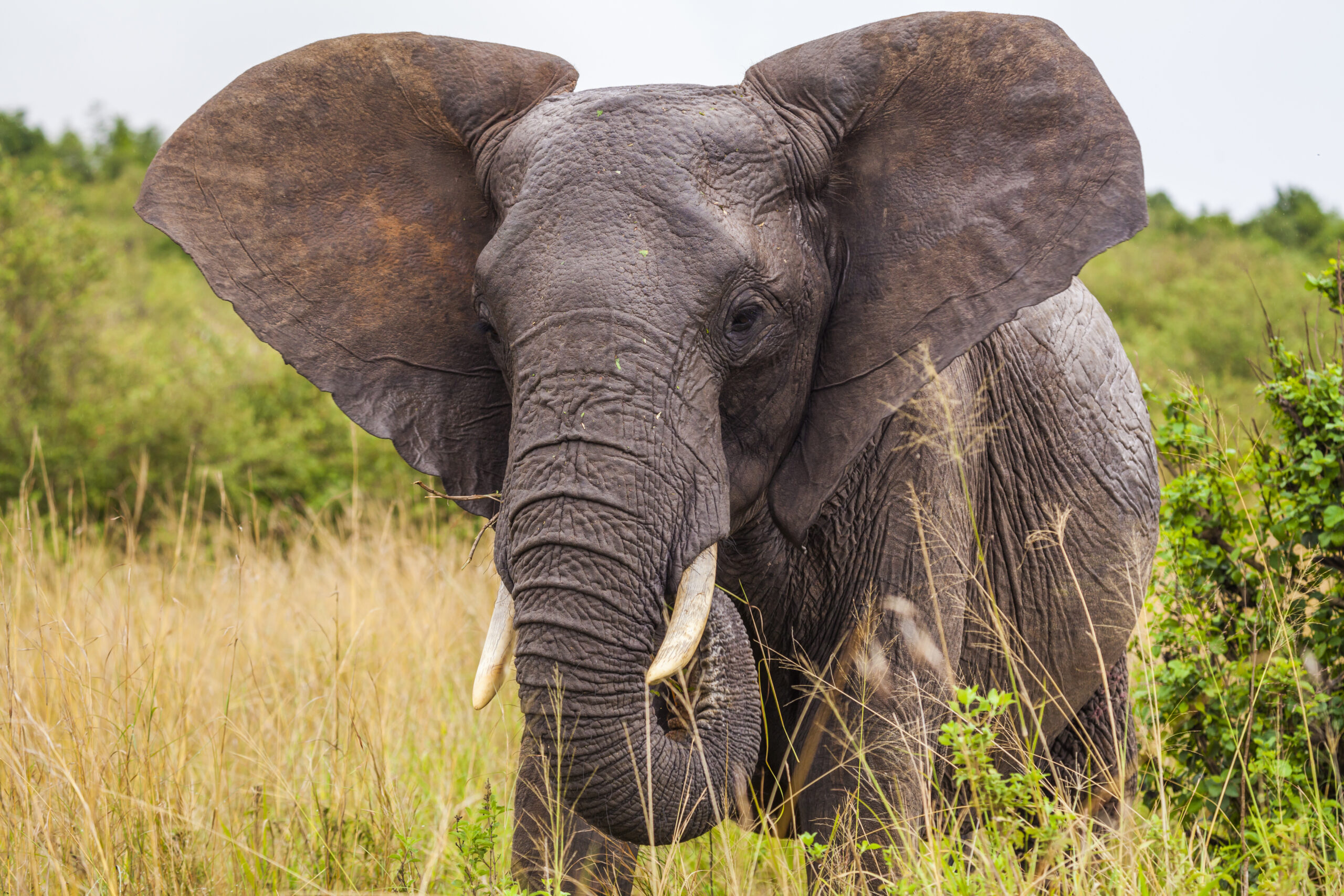This article argues that elephant conservation and ivory trade management must account for both ecological realities and economic incentives. Many traditional economic models fail to consider elephants’ need for space — their migration routes, habitat ranges and movement patterns — which are crucial for effective population management. Without integrating spatial ecology, conservation strategies risk being incomplete or ineffective.
The solution? Conservationists, economists and ecologists must collaborate to develop smarter, data-driven models that balance habitat protection, sustainable use and community incentives. Trophy hunting, when regulated and grounded in ecological knowledge, can fund anti-poaching efforts and habitat conservation. Policies must reflect this holistic approach: protecting elephant range while allowing for managed, ethical trade or use.
Ultimately, long-term success hinges on interdisciplinary teamwork, better field data and conservation strategies that consider where and how elephants live — not just how many there are. It’s not just about saving elephants — it’s about saving their space, too.

